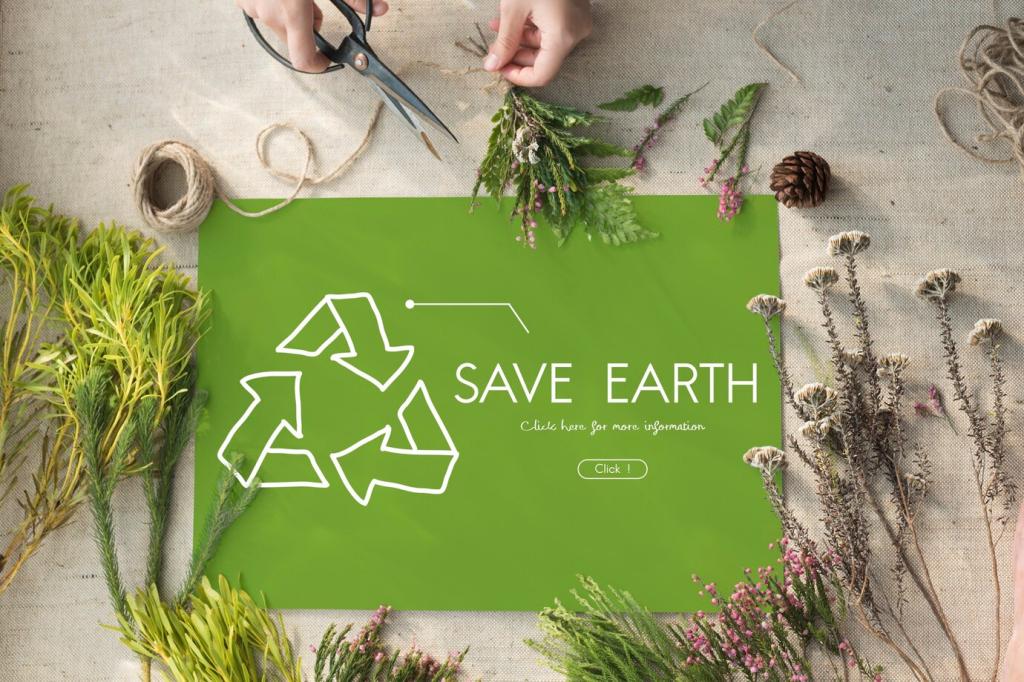The Impact of Sustainable Materials on Modern Design Trends
The Rise of Eco-Conscious Design
01
Consumer Awareness and Demand
The modern consumer is more informed than ever about the environmental impact of their choices. Rapid dissemination of information regarding climate change, pollution, and resource depletion has fostered a growing demand for sustainable products and spaces. This heightened awareness compels designers and manufacturers to source materials that are responsibly harvested, recycled, or renewable. As consumers look for transparency in production processes, sustainability becomes an essential selling point rather than a peripheral concern, dramatically steering the direction of contemporary design.
02
Regulatory Influence on Material Selection
Government regulations and industry standards play a pivotal role in promoting sustainable materials. Building codes, certification systems like LEED, and policy initiatives encourage—or in some cases mandate—the use of eco-friendly alternatives. These frameworks drive innovation by incentivizing research into new materials and processes. Designers must remain up-to-date with evolving regulations to ensure compliance, which in turn accelerates the adoption of sustainable practices across the board, making them a fundamental component of modern design trends.
03
The Shift in Aesthetic Priorities
The visual appeal of design is now intertwined with an ethical narrative. Designers increasingly embrace the unique textures, colors, and finishes yielded by sustainable materials. Rather than seeing eco-friendly materials as limiting, many view them as a source of creative inspiration. This shift redefines what is regarded as beautiful or luxurious, favoring authenticity, natural imperfections, and the story behind the material’s origin. In doing so, sustainable design not only addresses ecological responsibility but also fosters a distinctive, meaningful aesthetic.
Innovative Materials Shaping Contemporary Spaces

The Emergence of Bio-Based Materials
Bio-based materials such as bamboo, cork, and mycelium offer sustainable alternatives to traditional building components. Their rapid renewability, biodegradability, and minimal processing requirements make them ideal choices for reducing carbon footprints. Designers leverage these attributes to create spaces that are not only visually striking but also embody a commitment to environmental stewardship. The tactile warmth and organic aesthetics provided by such materials contribute to spaces that feel both innovative and grounded in nature.

Upcycling and Circular Design Approaches
Upcycling transforms waste materials into high-value design elements, reflecting a commitment to the circular economy. Reclaimed wood, recycled metals, and repurposed plastics are being skillfully integrated into furniture, decor, and structural frameworks. By embracing circular design principles, creators reduce waste, lower material costs, and highlight the value of resourcefulness. Resulting designs often feature an eclectic charm, combining functionality with narratives of sustainability and transformation, which resonates powerfully with modern sensibilities.

Advanced Composites and Eco-Friendly Technologies
The development of advanced composites, such as hempcrete and recycled glass terrazzo, expands the possibilities for sustainable construction and interior applications. These materials combine superior durability with lower embodied energy, and their production often involves fewer pollutants. Innovations in manufacturing technologies, including low-emission processes and energy-efficient fabrication, further enhance the eco-credentials of modern materials. By marrying advanced technology with environmental principles, designers unlock new frontiers in creative expression and responsible practice.
Sustainability’s Influence on Aesthetic Expression
The authentic expression of materials—such as exposed timber, raw concrete, and unfinished metals—has become a hallmark of modern sustainable design. Designers celebrate natural grains, irregularities, and signs of aging, steering away from artificial finishes that disguise a material’s true character. This aesthetic transparency fosters a sense of honesty and connection, inviting users to appreciate the inherent qualities of the materials themselves. The resulting designs often favor pared-back forms, allowing sustainable materials to take center stage and speak for themselves.

